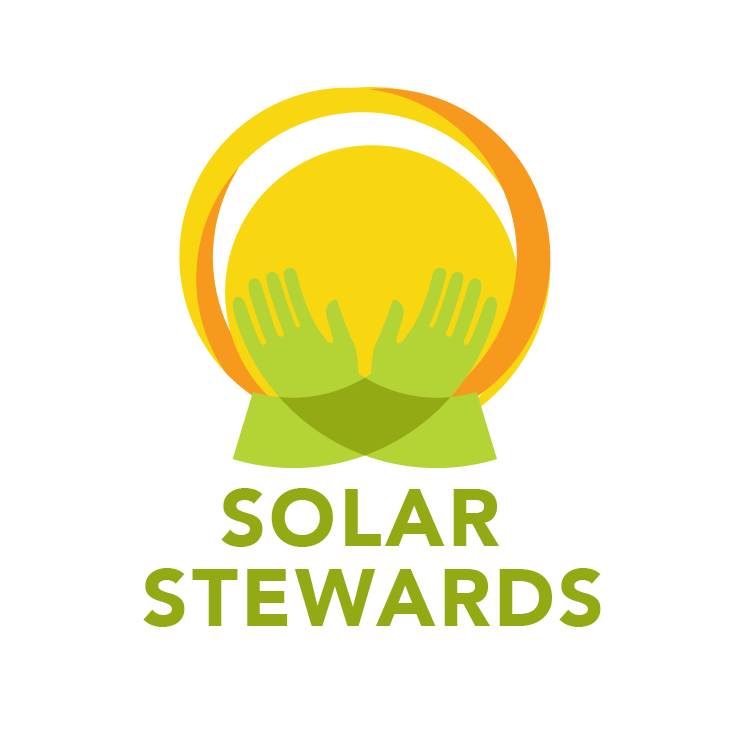
Effective social impact is inherently local
MAPS
MAPS
Community Led Social Impact is fostered on a local level, leveraging the direct input, lived experience, and expertise of the local community to deliver equitable outcomes.
Maps offer a visual and spatial tool in which to overlay the historical, political, environmental, and social determinants of current economic and environmental inequities.
With maps we are able to see the intersectional realities and opportunities for local climate action.
Native Land Digital
Native Land Digital is a registered Canadian not-for-profit organization. We have a majority-Indigenous Board of Directors, representing people who have close ties to land bases, communities, and deep knowledge about Indigenous ways of being and knowing. The Board of Directors is further informed by an Advisory Council, consisting of a variety of specialists in mapmaking, GIS, relations with Indigenous communities, and more. Together, these two forces help to face and deal with many of complex issues that mapping Indigenous territories involves, such as:
— Who belongs on a map of Indigenous territories? What defines “being Indigenous”, especially across time and space?
— How many sources, and what types of sources, are acceptable when it comes to making a map?
— How do we balance “accuracy” of borders with the breadth of an ever-expanding global map?
— How do we engage with Indigenous people and communities to better facilitate self-representation?
— How do we create an organization that represents an Indigenous way of governing?
Of course, the Board of Directors holds ultimate authority in the organization in terms of our goals, priorities, and allocation of any funding we receive.
The Climate Impact of Your Neighborhood
The data indicates that, while households in central cities tend to have lower carbon footprints thanks to access to transit and smaller homes, wealthier neighborhoods, even in dense, transit-rich cities like New York, have larger footprints than their close neighbors. “The researchers used a model, a simplified mathematical representation of the real world, to estimate the average household’s emissions in each neighborhood based on electricity use, car ownership, income levels, consumption patterns and more.”
EJAtlas - Global Atlas of Environmental Justice
The EJAtlas is a work in progress. Newly documented cases and information are continuously added to the platform. However, many are still undocumented and new ones arise. Please note that the absence of data does not indicate the absence of conflict. You can help us improve the coverage by registering.
Mapping for Environmental Justice
MEJ’s maps display the environmental, public health, and socioeconomic disparities communities experience, enabling advocates and policymakers to identify disproportionately impacted areas. This cumulative impacts approach combines this data into a single indicator of cumulative environmental justice impact.
Energy Burdened
Energy burden is defined as the percentage of gross household income spent on energy costs. According to DOE's Low-Income Energy Affordability Data (LEAD) Tool the national average energy burden for low-income households is 8.6%, three times higher than for non-low-income households which is estimated at 3%.
Project Sunroof
Search for your home and discover your solar savings potential! We use Google Earth imagery to analyze your roof shape and local weather patterns to create a personalized solar plan when you search for your home. You then can personalize your solar analysis. You're able to just your electric bill to fine-tune your savings estimate and the recommended number of solar panels for your home. Lastly, you can compare finance options with loan, lease, and purchase options for your solar panels based on your results.
Air Quality
The EPA’s threshold for an acceptable level of cancer risk is 1 in 10,000, meaning that of 10,000 people living in an area, there would likely be one additional case of cancer over a lifetime of exposure. But the agency has also said that ideally, Americans’ added level of cancer risk from air pollution should be far lower, 1 in a million.
Persistent Poverty County
Persistent poverty counties are counties that have had poverty rates of 20% or greater for at least 30 years. The county poverty rates for 1999 and previous years are measured using decennial census data.
Brownfield
A brownfield is a property, the expansion, redevelopment, or reuse of which may be complicated by the presence or potential presence of a hazardous substance, pollutant, or contaminant. It is estimated that there are more than 450,000 brownfields in the U.S. Cleaning up and reinvesting in these properties increases local tax bases, facilitates job growth, utilizes existing infrastructure, takes development pressures off of undeveloped, open land, and both improves and protects the environment.
Redlining
Redlining directed both public and private capital to native-born white families and away from African American and immigrant families. As homeownership was arguably the most significant means of intergenerational wealth building in the United States in the twentieth century, these redlining practices from eight decades ago had long-term effects in creating wealth inequalities that we still see today. Mapping Inequality, we hope, will allow and encourage you to grapple with this history of government policies contributing to inequality.
Coal Communities
Coal communities include those outlined by the Interagency Working Group report as well as communities and regions that can reasonably demonstrate how changes in the coal economy have resulted or are anticipated to result in job losses and layoffs in any coal-reliant commercial sector (e.g., coal mining, coal-fired power plants).
Distressed City
The Distressed Cities and Persistent Poverty Technical Assistance (DCTA) program is designed to build capacity of local governments experiencing economic distress and assist local governments and their nonprofit partners in alleviating persistent poverty in specific areas (census tracts). Through DCTA, HUD provides technical assistance (TA) directly to entities serving smaller communities with populations under 50,000.
Least Developed Countries (LDCs)
The least developed countries (LDCs) are a list of developing countries that, according to the United Nations, exhibit the lowest indicators of socioeconomic development, with the lowest Human Development Index ratings of all countries in the world. The concept of LDCs originated in the late 1960s and the first group of LDCs was listed by the UN in its resolution 2768 (XXVI) of 18 November 1971.













